Cache Containers 101
When you first get started in geocaching, you might be wondering what exactly is it that you find when you go out caching. This page serves as a general guide to the most common types of containers found in our area.
Now, I say “common” containers because there are literally hundreds of different things that can be used as a cache container. Some make better containers than others but I thought it would be a good idea to showcase the most commonly seen containers within the province of NB (and many other places for that matter).
This list will start from the largest most common to the smallest.
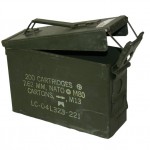
Ammo cans are a very popular “regular” sized container. One of the biggest advantages to using an ammo can is that since it is designed typically for military use and contains ammunition, the container is VERY waterproof.
Since many caches are hidden in the woods or under rocks where rain and snow can gather easily, ammo cans make great containers for caches that are intended to be there for the long haul.
Since they are water proof, and very durable, caches hidden using ammo cans require very little maintenance. Typically they can reside at their location for very long periods of time and only new log sheets are added from time to time.
These types of containers should not be used to hide caches in urban areas as they have been known to be mistaken as bombs. Always cover up any military or other markings on the can and place either a clearly marked geocache sticker or use permanent marker to indicate that it is a geocache.
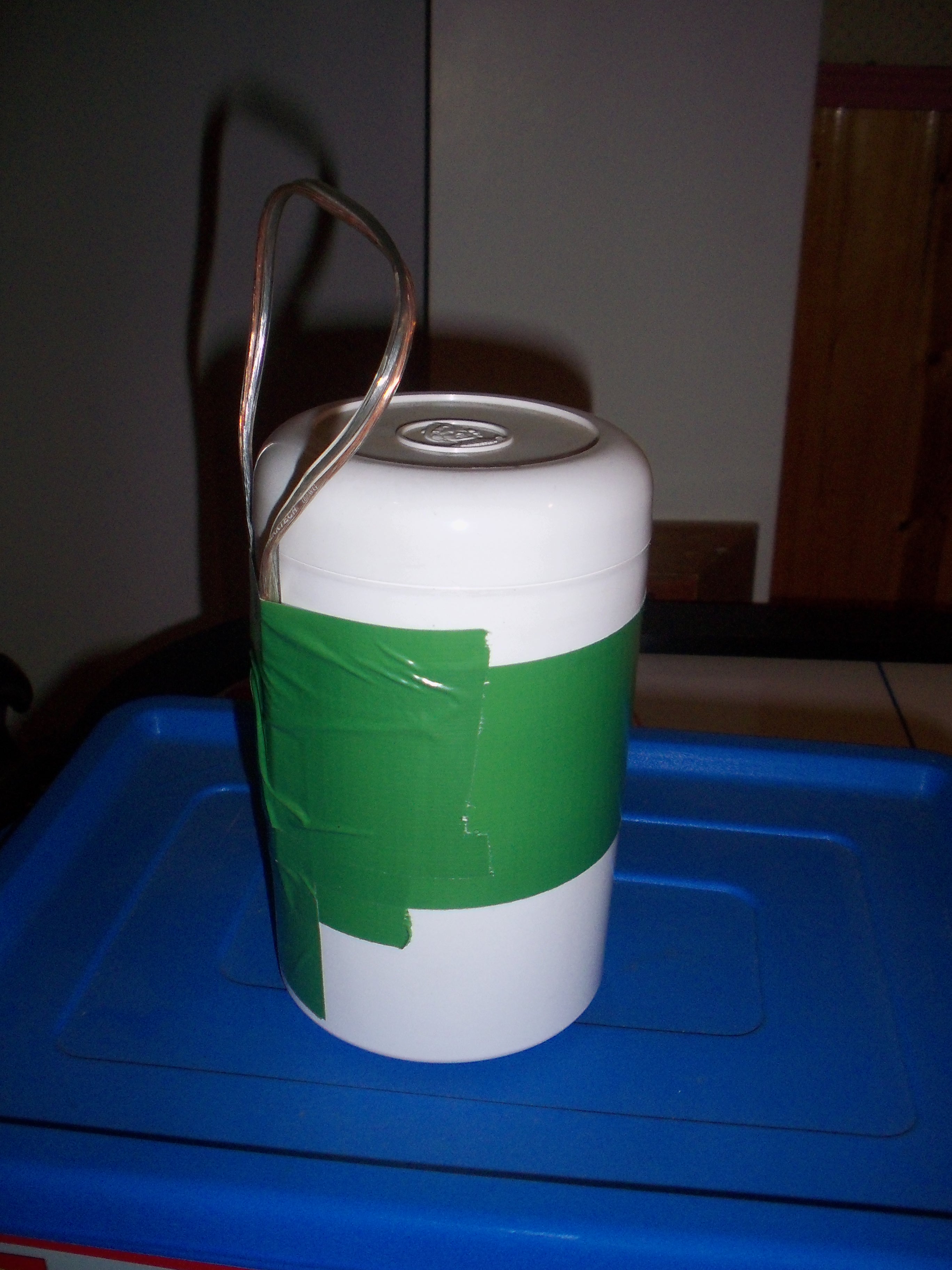
Another popular container found in New Brunswick is that of the tobacco can. Many cachers obtain the empty containers of tobacco, clean them out, and use them as cache containers. These containers are ideal because they have a screw top cover, and are easily “hangable” by afixing either a coat hanger wire, or other piece of string. Many of these containers are covered by cammo or other duct tape to make them less visible to muggles.
A big advantage to these containers is that by simply attaching something to hang it by, it makes a great regular sized container, but also winter friendly. Many cachers in New Brunswick try to hide containers that can be found year round. Tobacco cans are a great container.
As a precaution though, it is recommended to attach any string/wire/hanger to the body of the container and not the lid. Some folks will attach the wire to the lid and then if the lid separates from the container, you lose the whole thing. If it’s attached to the body and the lid comes loose, you don’t lose the cache (not right away anyway).
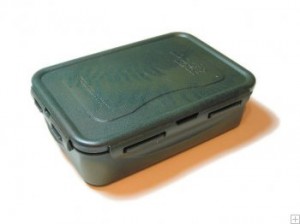
The Lock N Lock is another very popular container. It’s typically made of plastic and contains a lockable lid and a main base that serves as the cache itself.
Lock N Locks come in various shapes and sizes but the biggest reason they get used as containers is because they typically are waterproof to some extent. Although not anywhere near as waterproof as an ammo can, because they do have a locking mechanism to keep the lid shut, they do tend to keep water out better than say an ice cream container.
These can be found hidden in trees (when hung by a wire) and many times hidden on the ground or in stumps. They typically serve as a small to regular size cache.
Like the tobacco cans, don’t attach the wire to the lid. Always use the body.
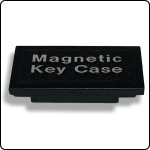
In the world of micros, there are two common containers used to hide micro sized caches: 35mm film canisters and magnetic key locks. The key locks are very small containers usually designed to hold a key for getting into your home. When used as a cache, typically there is just a log sheet hidden inside (sometimes a small pencil can be found as well) and no tradeables.
These make great micro containers because the magnet allows you to place them in hiding spots that people would normally never look. Canada Post mailboxes, guardrails, power poles, and anything that has metal can become a good place to hide a micro.
The biggest downfall to this (and many micros) is that they are not very waterproof. Log sheets are typically contained within a small bag and they are notorious for the logs getting wet.
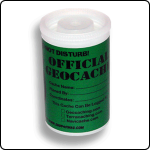
Ahhh the film canister. This is probably one of the most commonly found micro containers anywhere. They are relatively easy to obtain (free from any photo developer), and are small enough to hide pretty much anywhere. Most of them are hidden either by a wire in a tree, or using a magnet taped to the back attached to something metal.
Although these are very common as micros, they are also horrible at keeping the water out. Any micro in a canister should contain the log within a small bag. Unfortunately these bags tend to rip easily and get discarded quickly.
These have also served as a major frustration for many cachers as these can commonly be found in large trees and bushes and take a considerable amount of time to find in some cases, especially when camo’d well with duct tape and other camo materials.
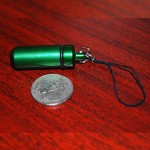
The bison tube is another micro container that is smaller than a 35mm canister, but larger than a typical nano (shown below). These are very small and typically are hidden using the attached string.
These containers typically contain only the log sheet itself and nothing else. Not even a bag. Because the container is so small, there is virtually no room to put anything else in the container with the log sheet.
These can be found pretty much anywhere but are commonly seen in trees, and attached to roadsigns.
As a hint, roll the log up and place it in the cover of the container and then screw the cover on. This makes it easier to put the cache back together.
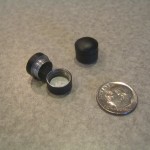
Generally considered to be the smallest possible container for a geocache, the nano is indeed very small. They are smaller than a bison and come in two sizes but both are very small.
They contain only a very small log sheet which is tightly rolled up and placed inside. You typically only sign your initials on the logs to conserve space (unless you’re blessed with a small name like me).
Nanos typically have a small magnet inside them allowing you to attach it to a metal surface. Because they are so small, nanos can be extremely hard to find, especially for new cachers.
These can be found anywhere. They’ve been seen in guardrails, bus shelters, metal planters, and even a few have been hidden in trees within the woods. If at all possible, try to be aware of whether or not a cache you are looking for is a nano. There is no “size” for nano so it is listed as a micro.
There. Hopefully that gives you a good idea of what kind of containers you can find. Remember, there are plenty more out there but these are the basics so hopefully this will help you.

Good article.
Great article.
I would like to add the following:
If the cache has an unknown size shown on the cache page, it could involve a cntainer that is extremely well disguised or camo’d or it may involve a hiding technique that would be completely unexpected.
If you want to paint a container in order to camo it, and if you also want to tape a hook to it, you should attach the hook before painting. Otherwise, the tape can come of if the paint peels. This is from personal experience.